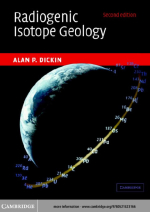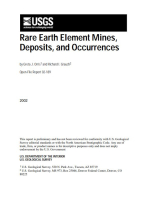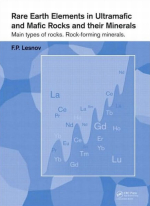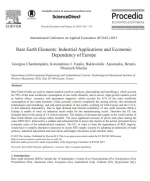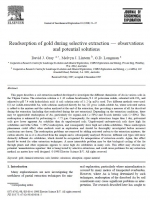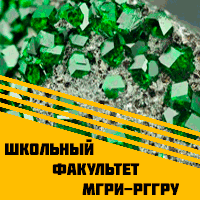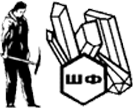This monograph is the generalization of up-to-date data and theoretical ideas on the problems of the geochemistry of rare earth elements (REE) in ultramafic and mafic rocks as well as in their minerals. As is the convention in the Russian, URSS literature, by the term “rare earth elements’’ or REE, we mean, after Henderson (Rare Earth Element Geochemistry, 1984), the chemical elements of Group IIIA of the Periodic Table of Elements from lanthanum to lutetium with atomic numbers from 57 to 71: La, Ce, Pr, Nd, Pm, Sm, Eu, Gd, Tb, Dy, Ho, Er, Tm, Yb, and Lu. For brevity, this group of elements is sometimes referred to as “lanthanides’’ (Solodov et al., 1998).




